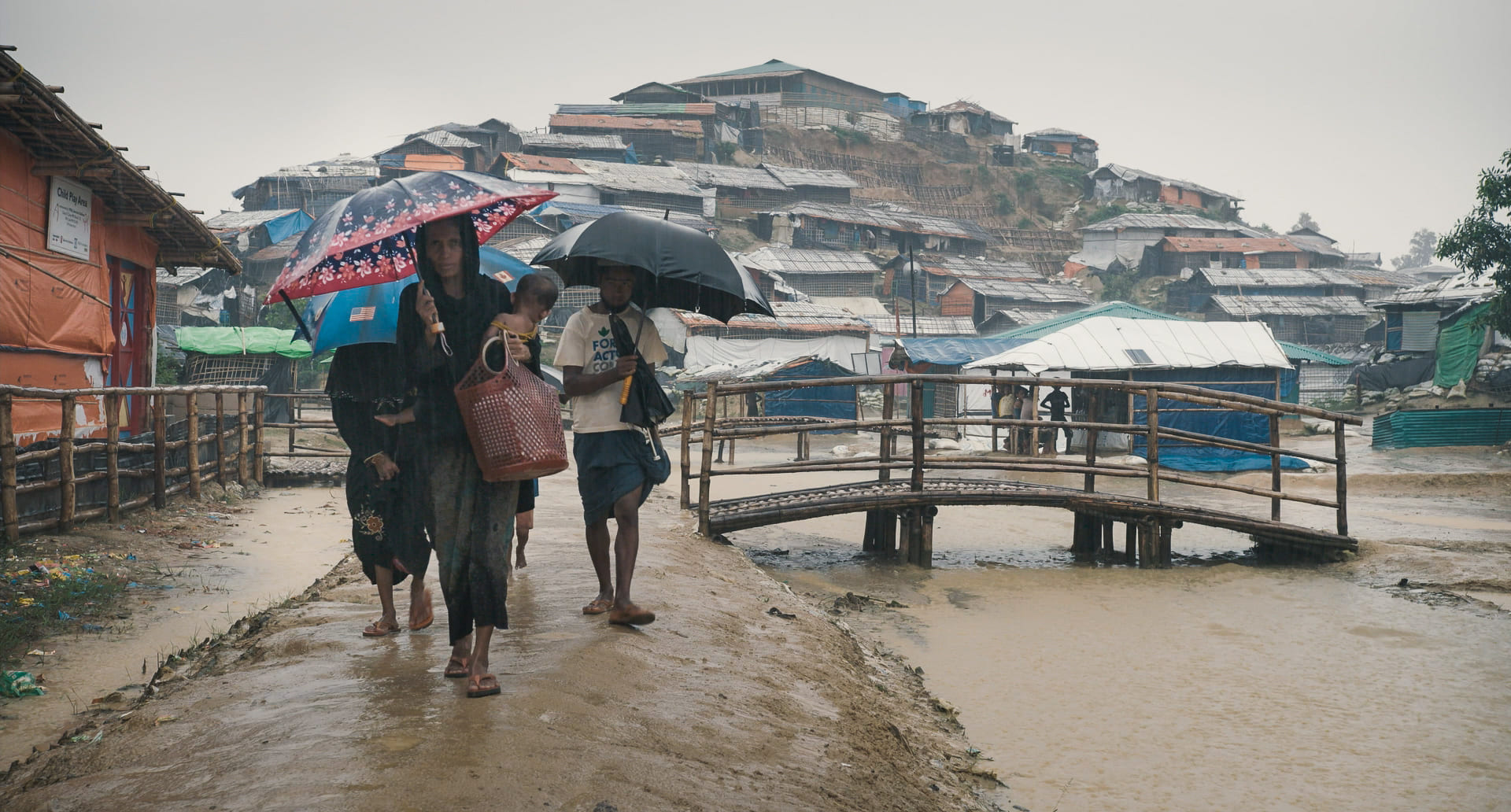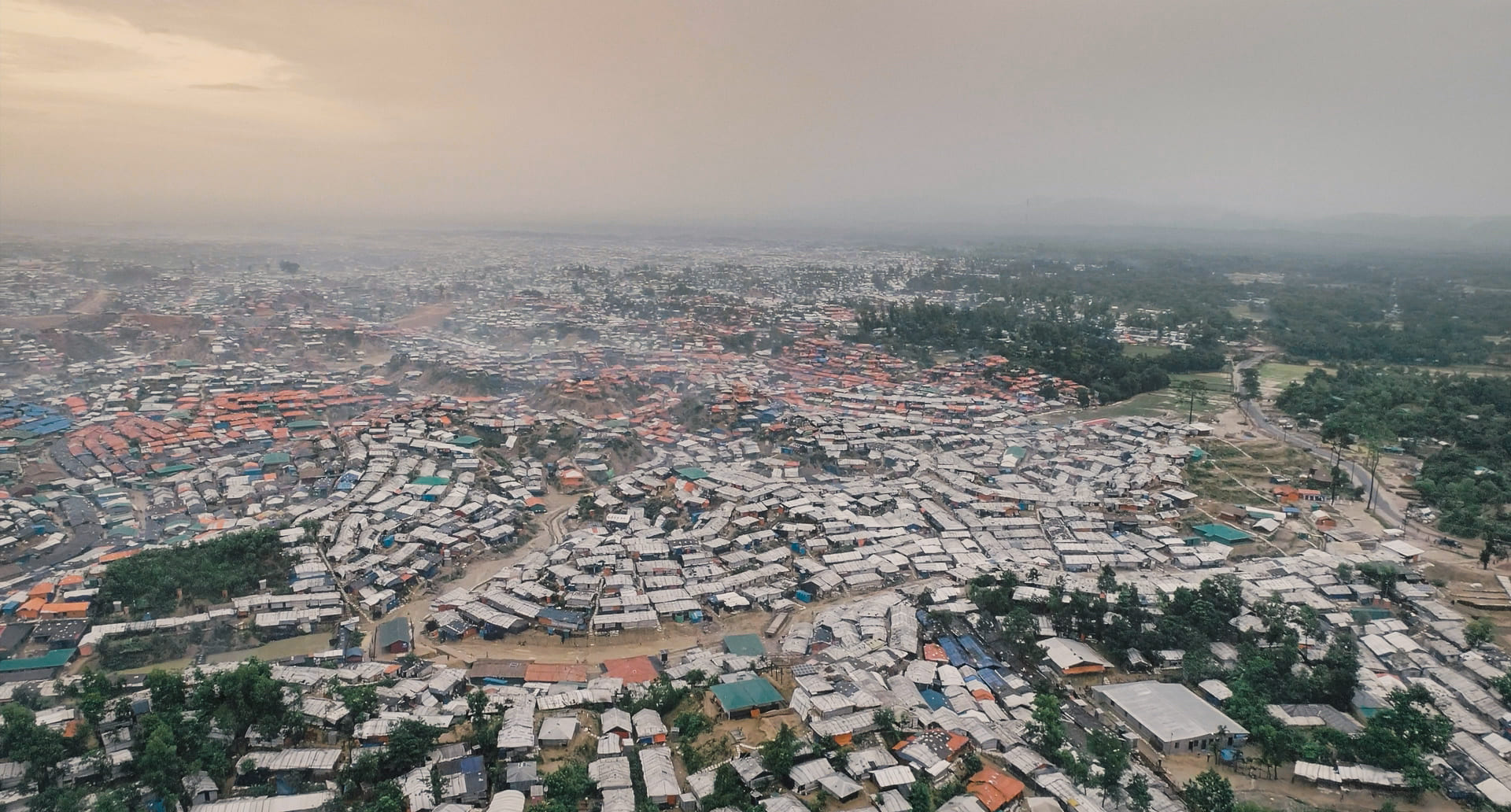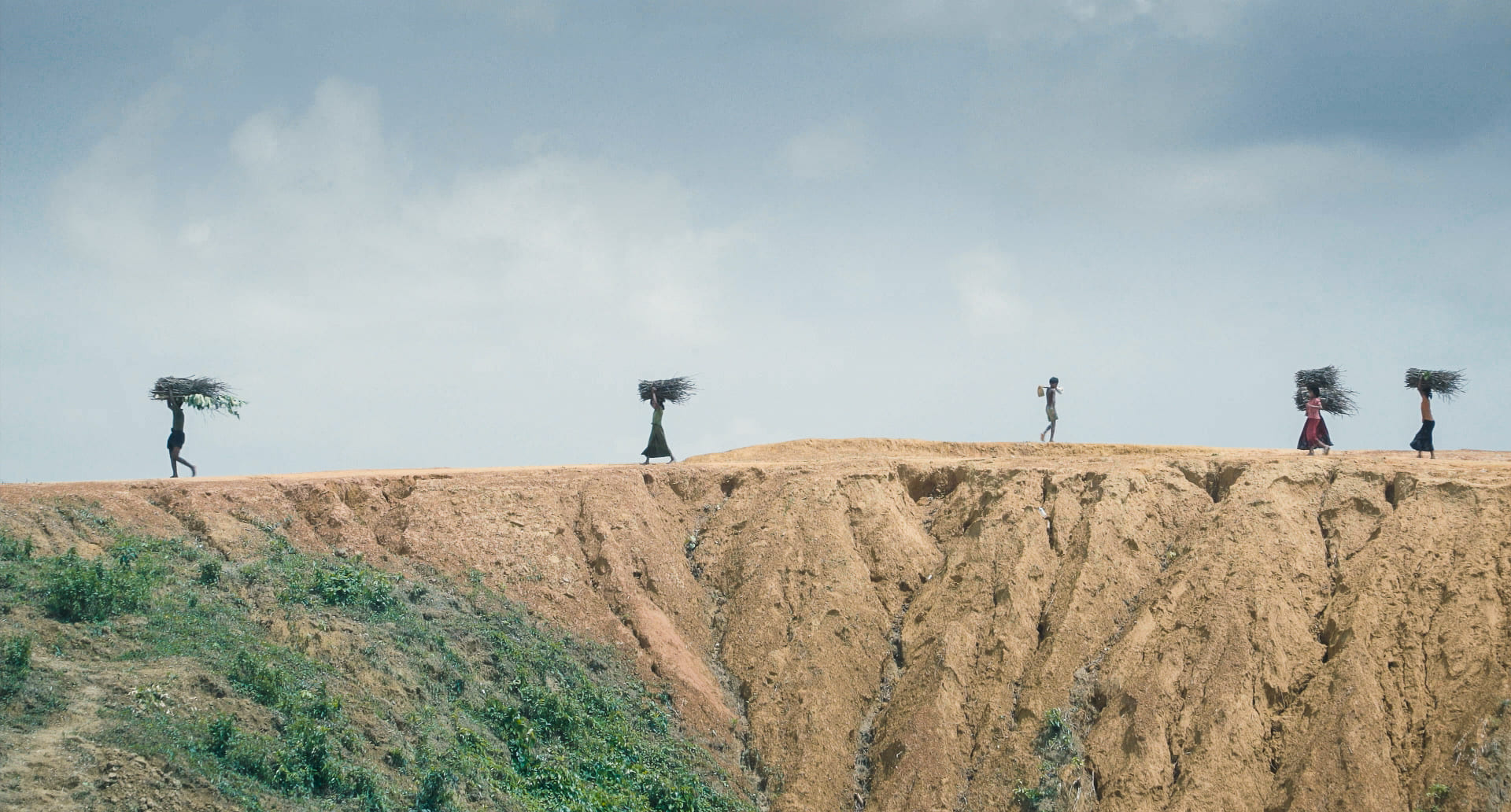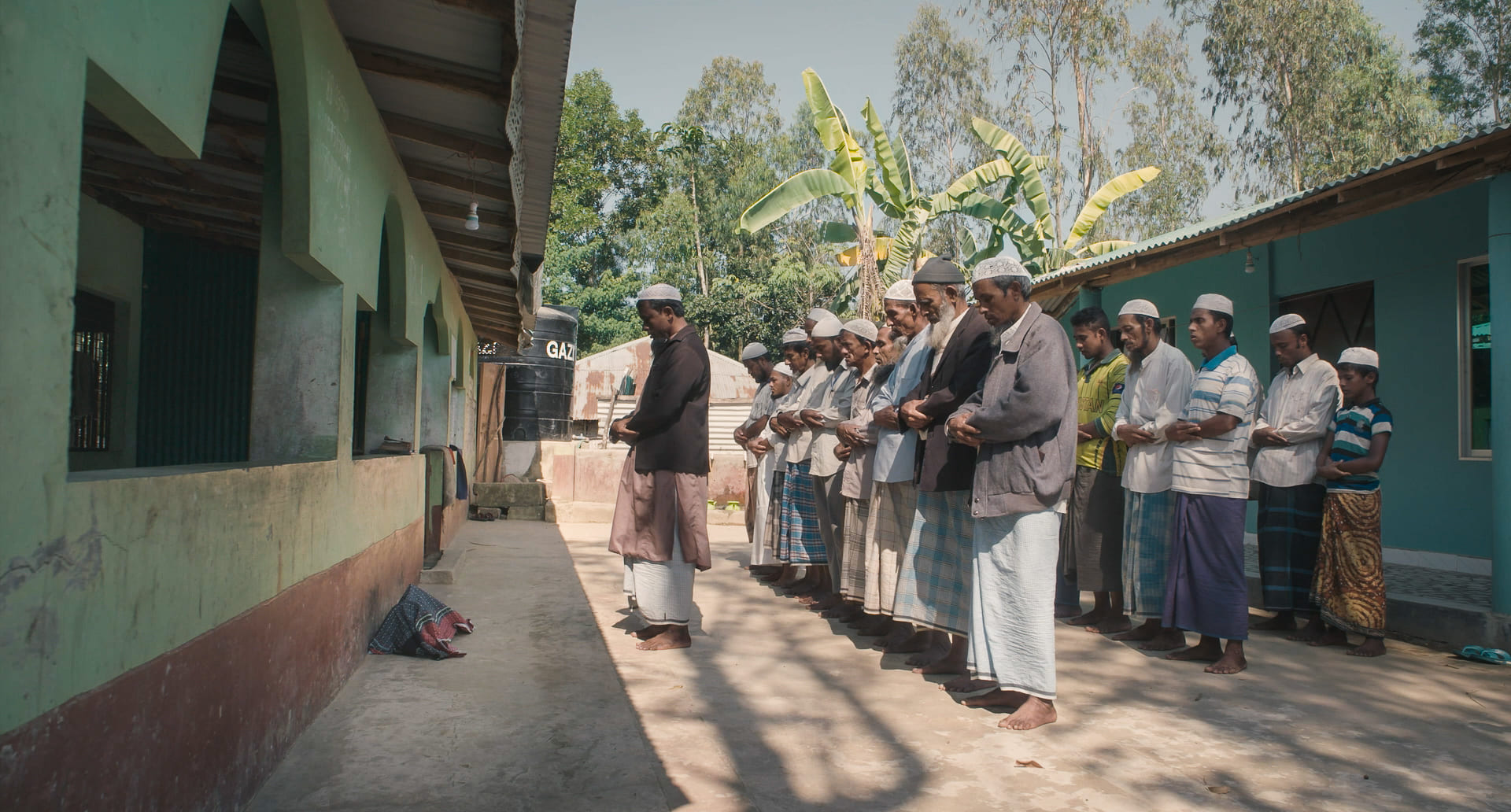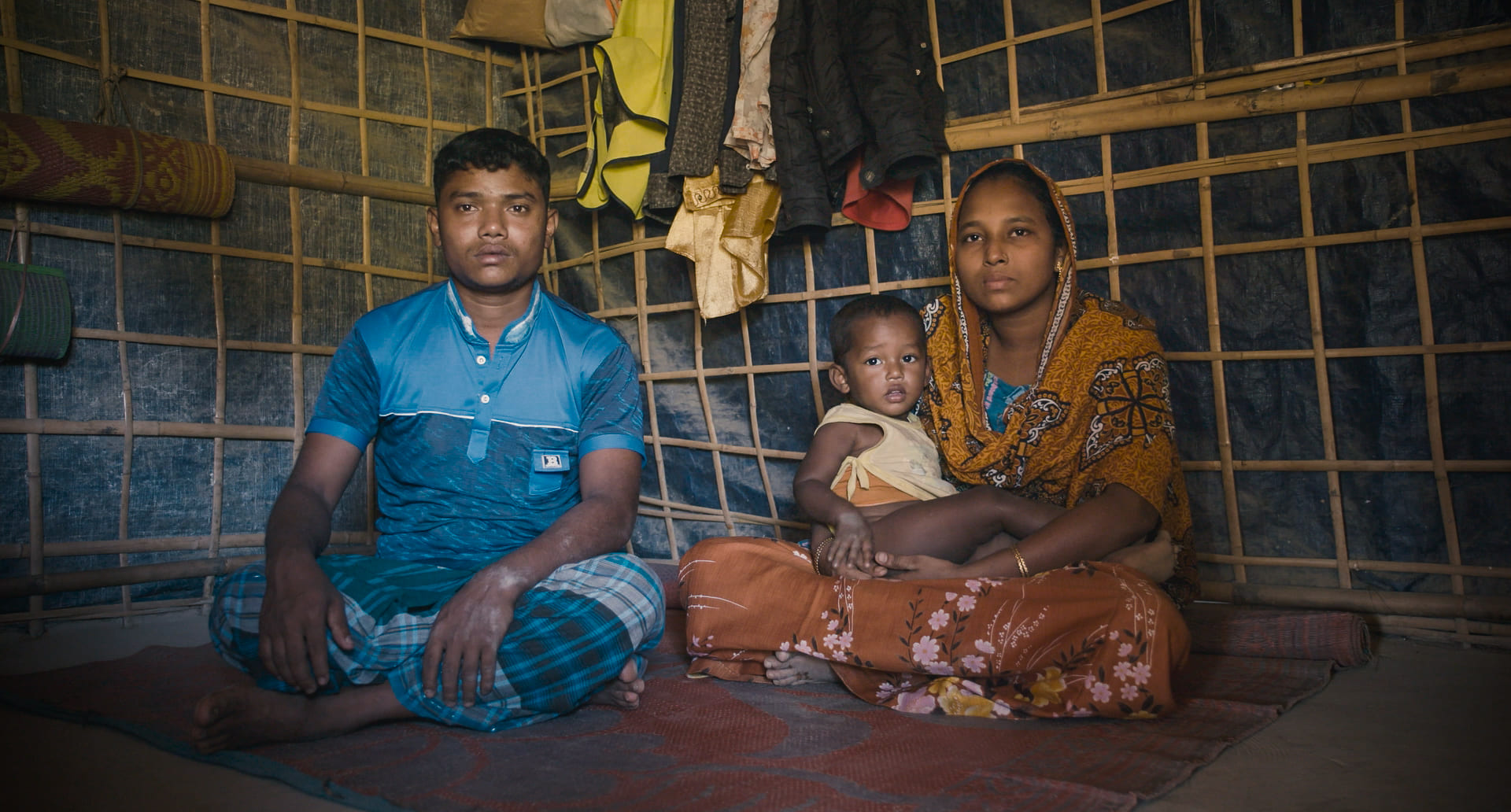Rohingya
AI Weiwei
- Germany
- 2021
- 122min
- G
- DCP
- color
Synopsis
The Rohingya crossed the border to escape persecution in Myanmar and arrived in Cox's Bazar, Bangladesh. The port city is now home to the world's largest refugee camp, home to more than 900,000 Rohingya. Director Ai Weiwei stayed at Cox's Bazar for several months, documenting the Rohingya people. Through the spaces of their lives, everyday events, customs and rituals, the film shows that they do not give up their dignity, even though they face the greatest deprivation.
Review
Ai Weiwei, who emphasizes art as social practice by publishing works on state violence and refugee issues, enters Cox's Bazar, a city in Bangladesh. It is where a camp for Rohingya refugees who have fled persecution in Myanmar is located. Everyday life at the refugee camp recorded by Ai Weiwei is indeed poor, but the film does not foreground pain and suffering. Even here, where temporary dwellings made of bamboo are lined up, children run around, people prepare meals, buy and sell things, and someone is born and dies. The place has its own education, customs, and rituals. These images, taken by a static camera shot and running for over two hours, looks mundane rather than urgent, and calm rather than desperate. But they are inevitably political. This is because these people must have led peaceful daily life before they became refugees. Rohingya does not reduce the residents of the refugee camp to objects of conventional representation, but brings attention to what they were like before they became refugees. It is a message that is stronger than any other statistics or commentary.
Director
-
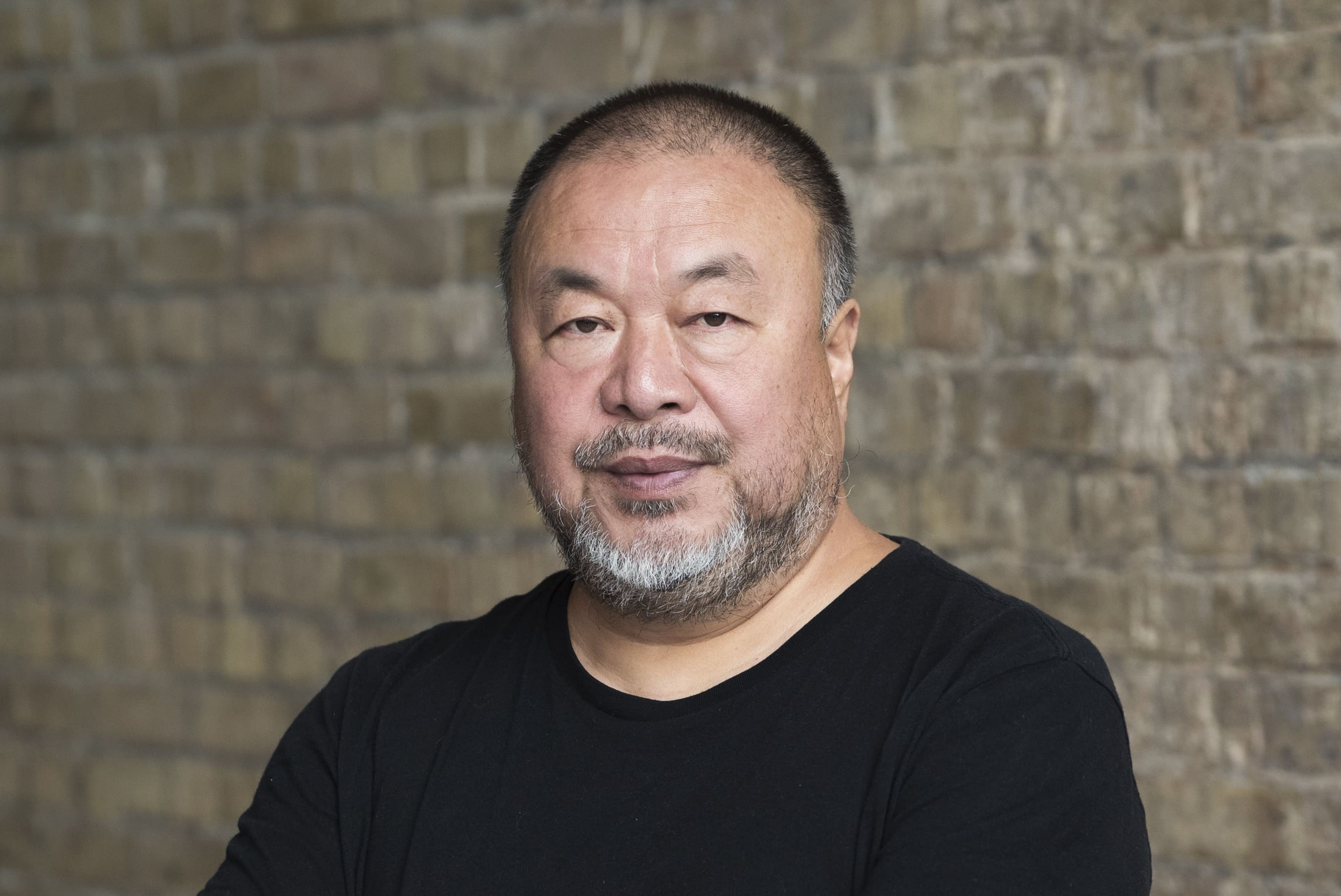
AI Weiwei
AI Weiwei is a Chinese contemporary artist, documentarian, and activist. He encapsulates political conviction and his personal poetry in his many sculptures, photographs, and public works.
